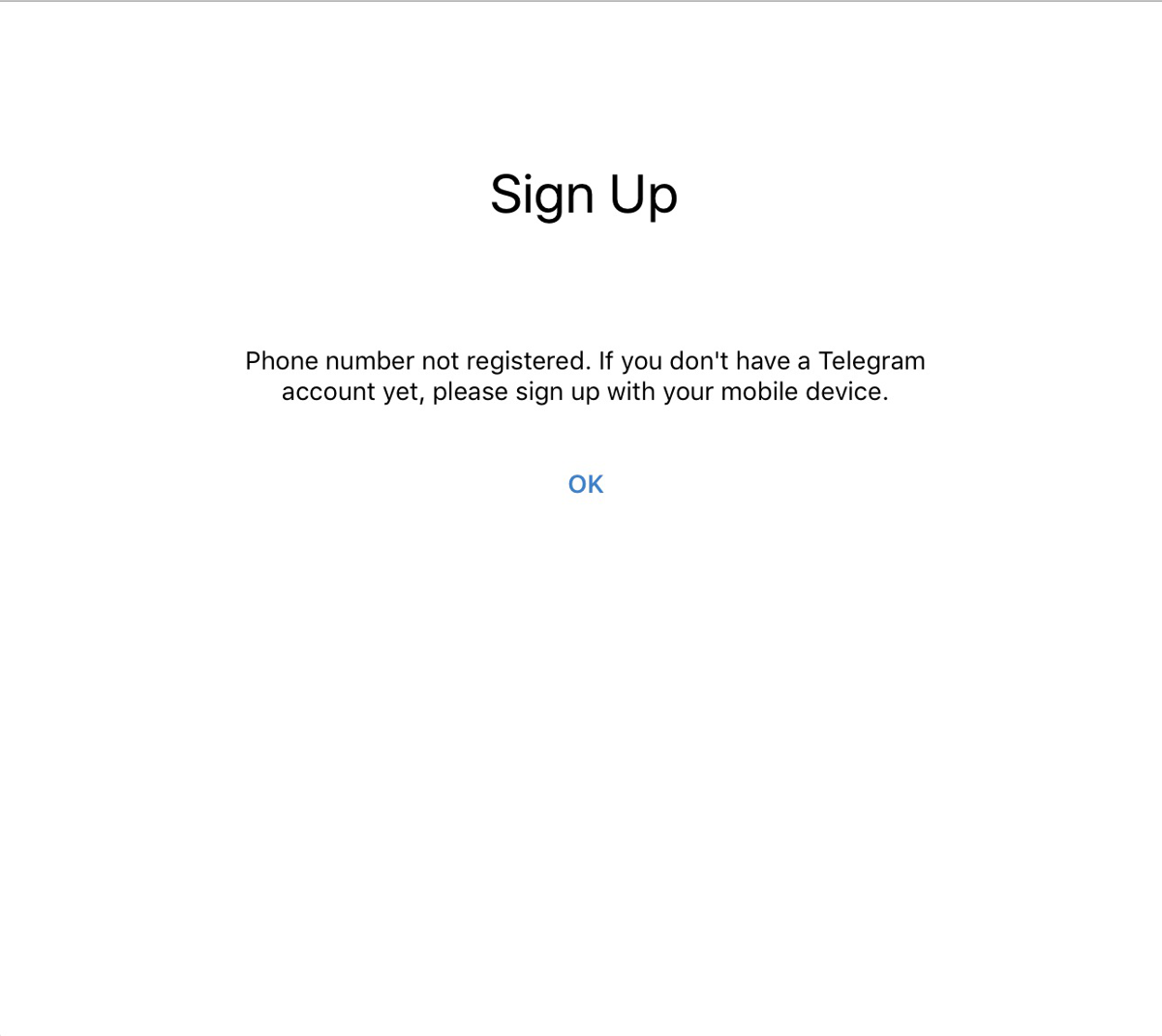

One of the advantages of Web3 messaging protocols is their decentralized nature, ensuring the security of messages. Unlike traditional messaging platforms such as Telegram or Discord, which are centralized and rely on central servers to route messages, Web3 messaging protocols use decentralized networks to create a trustless environment where users can communicate without intermediaries through their wallets.

Web3 messaging protocols, such as the Extensible Message Transport Protocol (XMTP), are implemented on a decentralized communication network, using a peer-to-peer architecture to facilitate communication between verifiable identifiers like an Ethereum public address or an Ethereum Name Service domain. This editorial will discuss the benefits and challenges of Web3 messaging applications and their impact on the future of communication. Web3 messaging applications will become an integral part of the blockchain ecosystem, allowing users to communicate with each other and interact with decentralized applications (DApps) and the protocols themselves in a secure, direct, decentralized manner. A new era of messaging applications will soon cross the chasm of Web3 mass adoption.


 0 kommentar(er)
0 kommentar(er)
